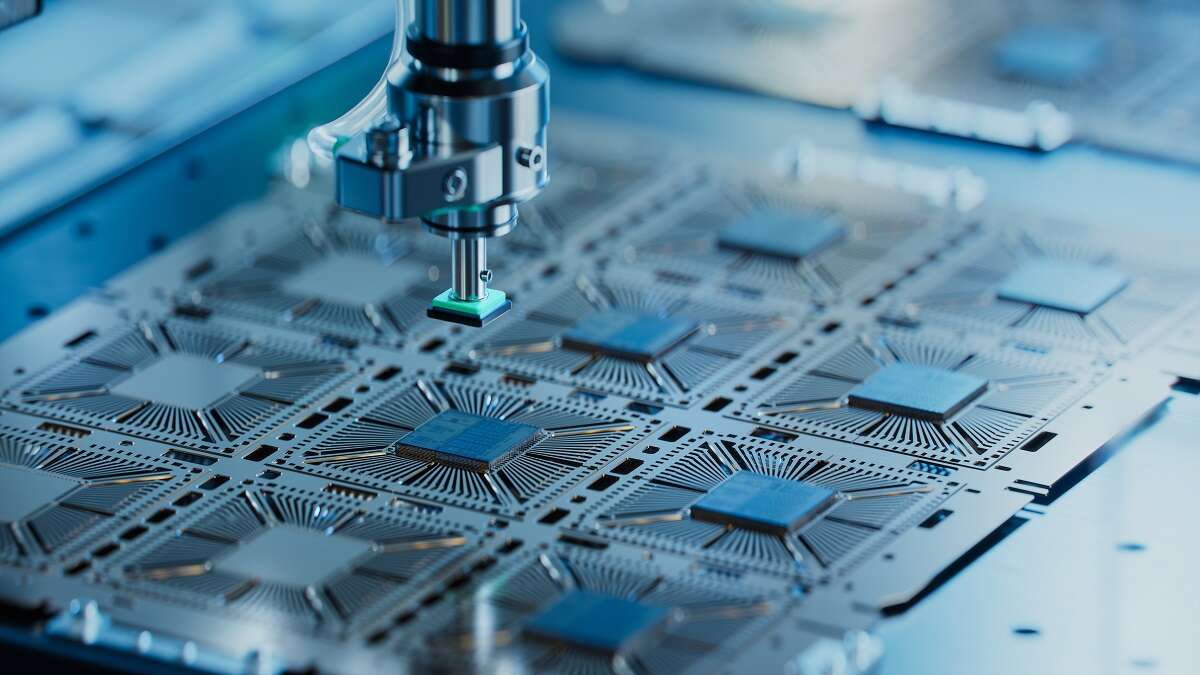
Arm has launched a new end-to-end production solution that it says can help businesses bring new semiconductors to market faster. The UK chip design giant says the service, Arm Total Design, will fully harness the power of its ecosystem. It is also a bid by the company to cash in on the custom silicon trend, which has seen more and more companies designing their own chips optimised for specific workloads such as artificial intelligence.

Today’s announcement builds on the August launch of the Neoverse Compute Subsystem, a package designed to help companies build their own semiconductors based on Arm’s high-performance Neoverse blueprints. It has lined up an impressive list of partners including Broadcom, Intel and TSMC.
It comes as Arm faces increasing competition from RISC-V, an alternative chip architecture that is growing in popularity among vendors.
What does Arm Total Design do?
Having recently relisted on the public markets, Arm is keen to boost profitability but has so far not been able to fully cash in on the boom in demand for chips to power AI workloads, which has driven rapid growth for GPU-maker Nvidia.
Meanwhile, tech companies such as Apple and Amazon are increasingly looking to custom silicon to run workloads on devices or in data centres, and though many of these are based on Arm architecture, they do not generate royalties for the business because the producers have architectural licences, rather than using off-the-shelf IP.
Arm’s answer to this seems to be to involve itself at every stage of the design process. Through Arm Total Design, customers can access IP and EDA tools, as well as design services from partners including Cadence, Broadcom and Capgemini. It has signed up industry giants Intel Foundry Services and TSMC for advanced production and packaging of chips, as well as companies such as AMI to aid software and firmware development.
According to Mohamed Awad, Arm’s SVP and general manager for the infrastructure line of business, Arm Total Design ecosystem is “bringing expertise from across the semiconductor design and manufacturing industry to accelerate the path to custom, workload-optimised silicon”.
Awad said: “Working together, we will ensure broad accessibility to performant, efficient solutions that will help meet the insatiable demand of an AI-accelerated future.
“No other ecosystem does more to accelerate time to market and lower the cost of creating performant, efficient custom silicon.”
Growing interest in RISC-V
While Arm trumpets the value of its ecosystem, some of its longest-established partners are also exploring the potential of open-source chip instruction set RISC-V.
Today Qualcomm, which builds its snapdragon mobile processors based on Arm blueprints, announced it was working with Google to launch a RISC-V-based wearables solution for use with Wear OS by Google. This expanded framework will help reduce time to market for OEMs when launching wearable devices with advanced features like custom cores, low power, and higher performance.
Earlier this year the two companies joined other chip industry leaders to launch a RISC-V Software Ecosystem, known as RISE, to help accelerate the delivery of software that can support RISC-V chips. Qualcomm has also joined leading European chipmakers as a founding investor in a new company that aims to drive the development and adoption of RISC-V hardware.






